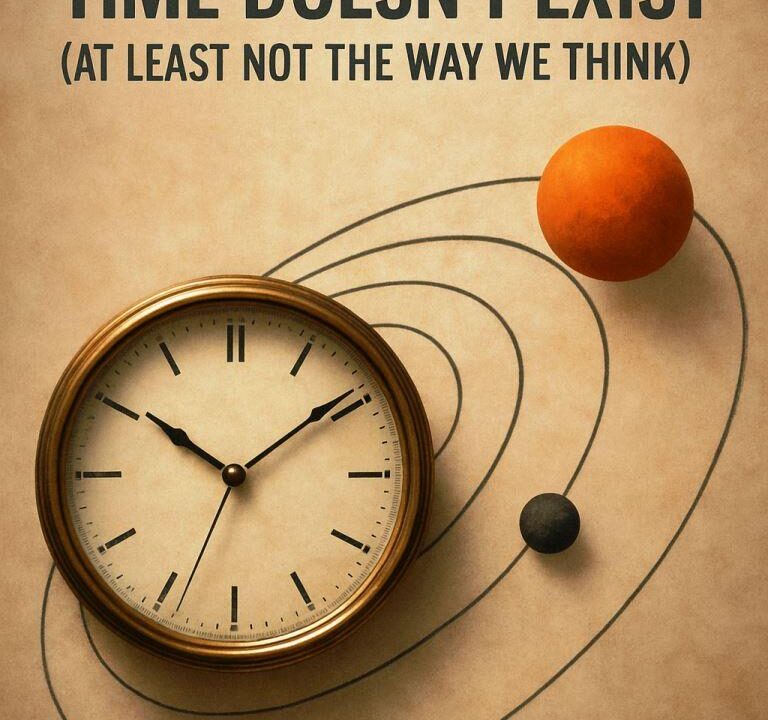After thinking more deeply, I realized that what we call “time” might just be a system we created, not something that exists on its own. Humans developed numbers to count objects. Perhaps they began by counting on fingers. One, two, three, basic patterns to make sense of the world around them. Similarly, we developed a system to count moments, and we referred to it as time.
Before calendars and clocks, humans looked to the sky. They saw the sun rise and set, the moon change, the seasons turn. That was time. It was a matter of motion, the Earth spinning, the moon orbiting, the stars shifting overhead. The Babylonians and Egyptians measured time with sundials as the sun moved. The Mayans constructed temples aligned to the stars. Time was a means of tracking movement, not an intangible ticking power.
philosophers such as Aristotle believed time was the measure of change, the “before” and “after” of motion. Then along came Isaac Newton, who changed everything. He saw time as an absolute always flowing, always the same, no matter what. That idea stuck for centuries. It gave birth to the mechanical age: clocks, schedules, calendars all built on the idea that time moves in a straight line.
Then came the clock. In the 1500s, Peter Henlein invented the pocket watch and suddenly, we weren’t following the sky anymore. We were following numbers on a dial. Time became something mechanical, something we wore on our wrist, something that started to control our lives.
But underneath it all, the only real thing that’s happening is motion. The ticking isn’t time it’s a way to count movement. Without motion, what is there to measure?

